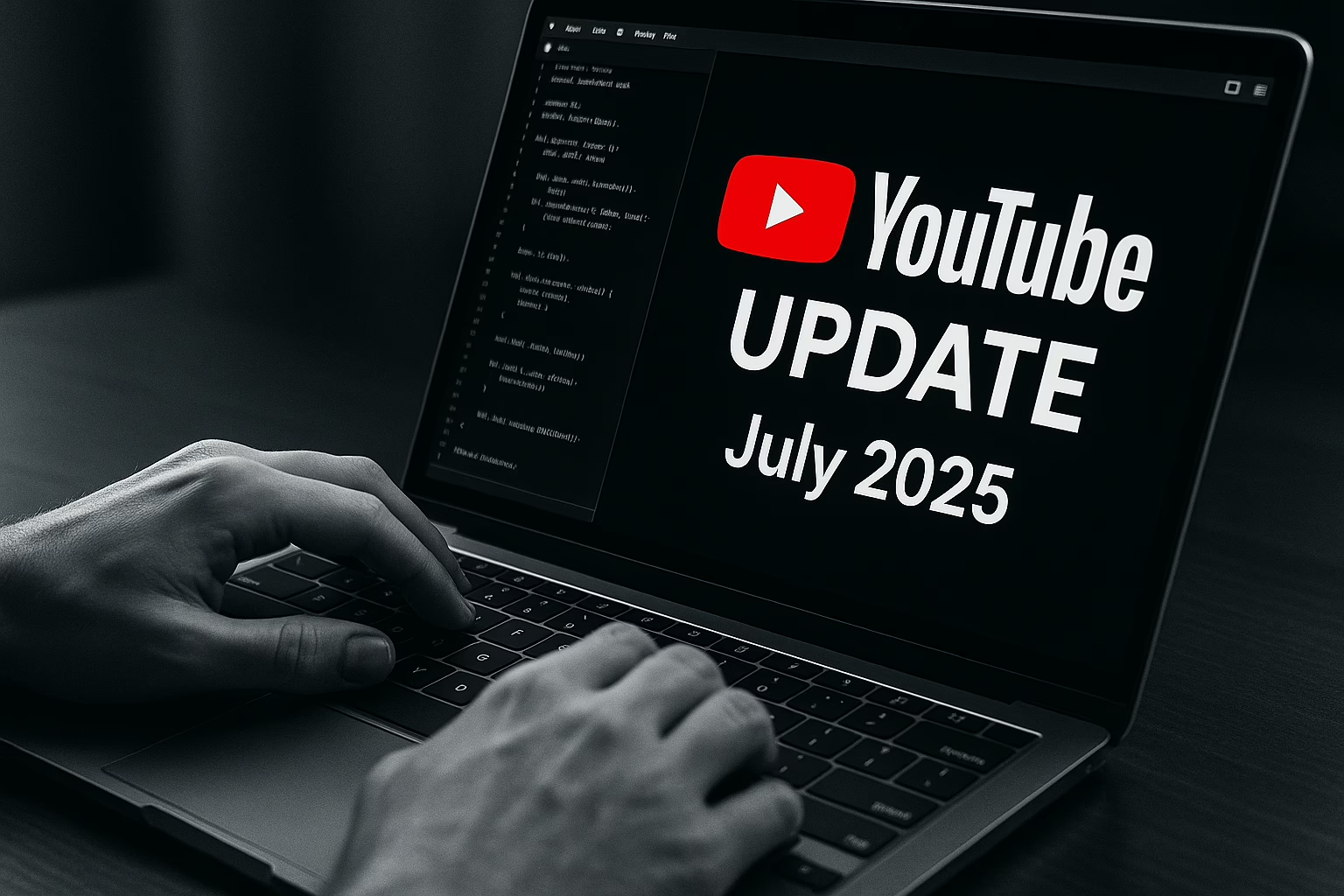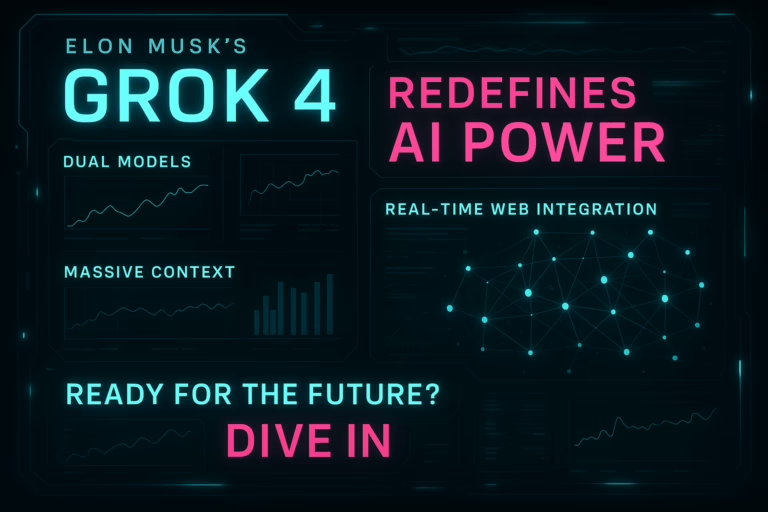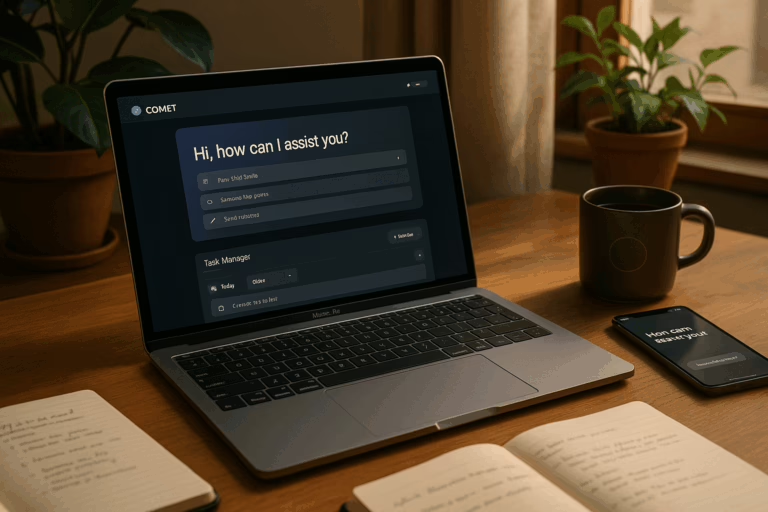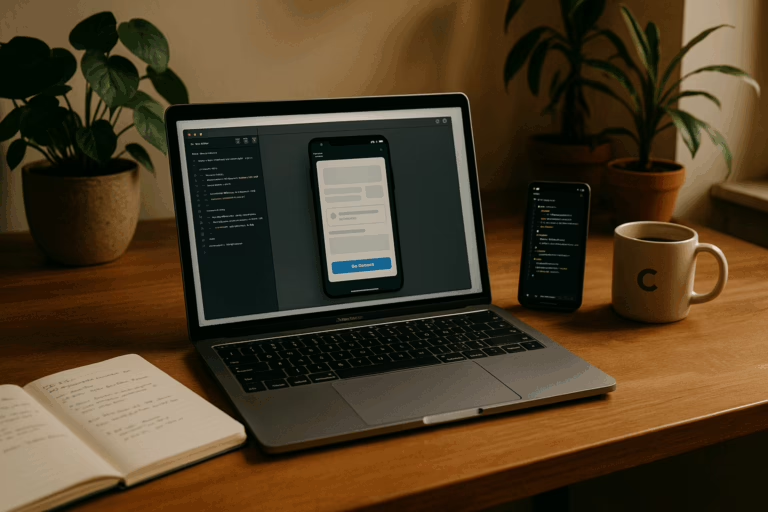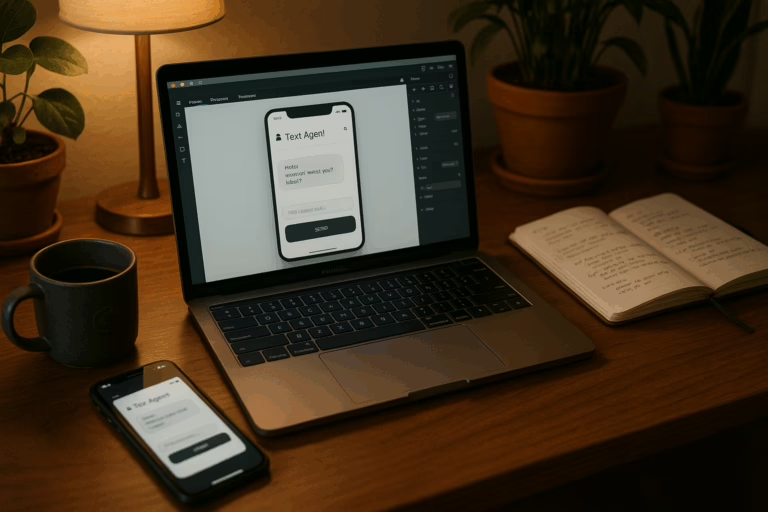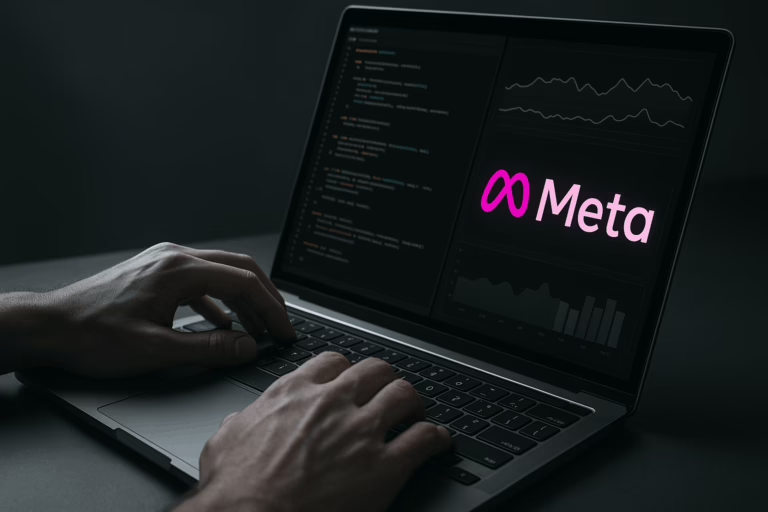Heads up, creators. A significant shift is coming to YouTube, and if your channel relies on certain types of content, you need to pay close attention. Starting July 15, 2025, YouTube is tightening its monetization policies, taking direct aim at what it calls “mass-produced” and “repetitive” videos. This isn’t just a minor tweak; it’s a clear signal about the kind of content YouTube wants to reward, especially in the age of easy-to-use AI tools.
Think of it less like a brand-new rulebook and more like a referee highlighting a rule that’s always been there but is now being enforced with much more focus. Let’s break down exactly what this means for your channel and how you can stay on the right side of the guidelines.
What Is Actually Changing on July 15
At its core, this update is a clarification of YouTube’s existing “Repetitious and Reused Content” policy. For years, the YouTube Partner Program (YPP) has required content to be original and add value. Now, YouTube is getting more specific about what doesn’t meet that standard. The policy update sharpens the focus on two main culprits that can lead to demonetization or even removal from the YPP.
1. Mass-Produced Content
This is content created at a large scale, often with automation, that lacks a personal touch. It feels machine-made because, well, it often is. Think of assembly-line videos where the human element is missing.
- Videos using synthetic or AI-generated voices to read scripts over stock footage or simple slideshows.
- Templated content where only minor details like names or images are swapped out between videos.
- Content that is automatically generated without any creative narrative or meaningful commentary.
2. Repetitive Content
This one is a little more subtle. It refers to videos that are so similar to one another that they offer little distinct value to the viewer. It’s not about having a consistent channel format; it’s about the content itself being nearly identical from one video to the next.
- Compilations of other people’s clips with very little or no original commentary.
- Content that reuses the same script, format, and assets across multiple videos with only trivial changes.
- Reaction videos that just show clips without offering any transformative critique, analysis, or personal insight.
The AI Content Crackdown and What It Means
Let’s be direct: this policy update is happening largely because of the explosion in AI-generated content. Tools that can create videos, voiceovers, and scripts in minutes have led to a surge of low-quality channels. Some of these channels pump out hundreds of videos a day, clogging up the platform with what many call “AI slop.”
YouTube is drawing a line in the sand. Using AI isn’t banned, but using it as a shortcut to create low-effort, soulless content for quick views is now officially a high-risk strategy. The goal is to separate the creators who use AI as a tool to enhance their creativity from those who use it to replace creativity altogether.
The chart below illustrates the key differences between content that is likely to be flagged and content that is considered safe and transformative under the new guidelines.
Content Monetization Risk Profile
At Risk: Repetitive Content
Safe: Transformative Content
Source: TechCrunch
Despite the strong language, YouTube wants to assure creators that this isn’t a widespread attack on popular formats. It’s about the quality and effort behind them.
“Rene Ritchie, a YouTube creator liaison, clarified this is a minor update to existing policies to better identify mass-produced or repetitive content. It is not a crackdown on reaction videos or clip compilations.”
How to Keep Your Channel Safe and Monetized
The path forward is clear: prioritize originality and a strong human presence. If you use AI or create content in popular formats like compilations or reactions, you’re not doomed. You just have to make sure you’re adding significant value.
- Add Your Unique Voice: Don’t just show something; talk about it. Provide commentary, analysis, or a personal story. If you use an AI voice, make sure the script is 100% original, insightful, and couldn’t have been written by anyone else.
- Transform, Don’t Just Re-upload: Your editing should add to the story. This means more than just cutting clips together. Add graphics, original B-roll, sound design, and pacing that reflects your unique creative style.
- Be Human: Let your personality shine through. Whether it’s through your on-camera presence, your distinct narration, or your unique sense of humor, give your audience a reason to connect with *you*, not just the content.
- Audit Your Library: Before July 15, take an honest look at your existing videos. Do any of them fall into the “mass-produced” or “repetitive” categories? It might be wise to unlist or update them to show you’re compliant with the spirit of the rules.
Frequently Asked Questions (FAQ)
Will my reaction channel be demonetized?
Not necessarily. If you provide significant, transformative commentary, critique, or educational value and aren’t just silently watching a video, you should be fine. The key is the value you *add*. Low-effort “watch-along” style reactions are at the highest risk. Learn more here.
What happens if my channel violates these new rules?
Individual videos that violate the policy may be demonetized. If a channel has a significant portion of its content in violation, it could be suspended or removed from the YouTube Partner Program entirely, meaning you lose monetization on all videos. Learn more here.
Is YouTube banning all AI-generated videos?
No. YouTube is not banning AI. It is targeting the *misuse* of AI to create low-quality, spammy, or inauthentic content. Using AI as a tool to assist in a creative process that is still fundamentally human-driven is perfectly acceptable and will not be penalized. Learn more here.
Resources and Citations
- Merca20: Goodbye, YouTube video monetization? New policies launched on July 15
- The Times of India: YouTube cracks down on ‘repetitive’ and ‘mass-produced’ content
- Search Engine Journal: YouTube Updates Monetization Policy To Restrict Inauthentic Content
- TechCrunch: YouTube says it will crack down on ‘mass-produced,’ AI-generated videos

